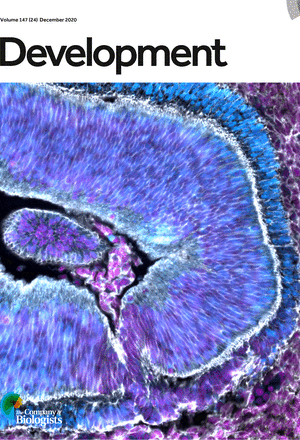Development. 2020 Dec 21;147(24):dev186395. doi: 10.1242/dev.186395.
Elodie Prince 1, Julien Marcetteau 1, Pascal P Thérond 2
Affiliations
1 Université Côte d’Azur, CNRS, INSERM, iBV, Parc Valrose, 06108 Nice Cedex 2, France.
2 Université Côte d’Azur, CNRS, INSERM, iBV, Parc Valrose, 06108 Nice Cedex 2, France therond@unice.fr.
Abstract
Members of the Hedgehog family of morphogens mediate the intercellular communication necessary for the organisation and development of many animal tissues. They are modified by various lipid adducts, rendering them insoluble in hydrophilic environments and leading to the contentious question of how these molecules travel in the aqueous extracellular space. Seminal work carried out by Suzanne Eaton and her colleagues has shed light on how these morphogens can spread over long distances through their association with lipoprotein particles. In this Spotlight article, we discuss Suzanne’s pioneering work and her contribution to our understanding of the transport and activity of morphogens, in particular Hedgehog. We also describe two other essential aspects of her work: the discovery and characterisation of endogenously present Hedgehog variants, as well as her proposition that, in addition to its role as a morphogen, Hedgehog acts as an endocrine hormone.
PMID: 33355241
DOI: 10.1242/dev.186395

